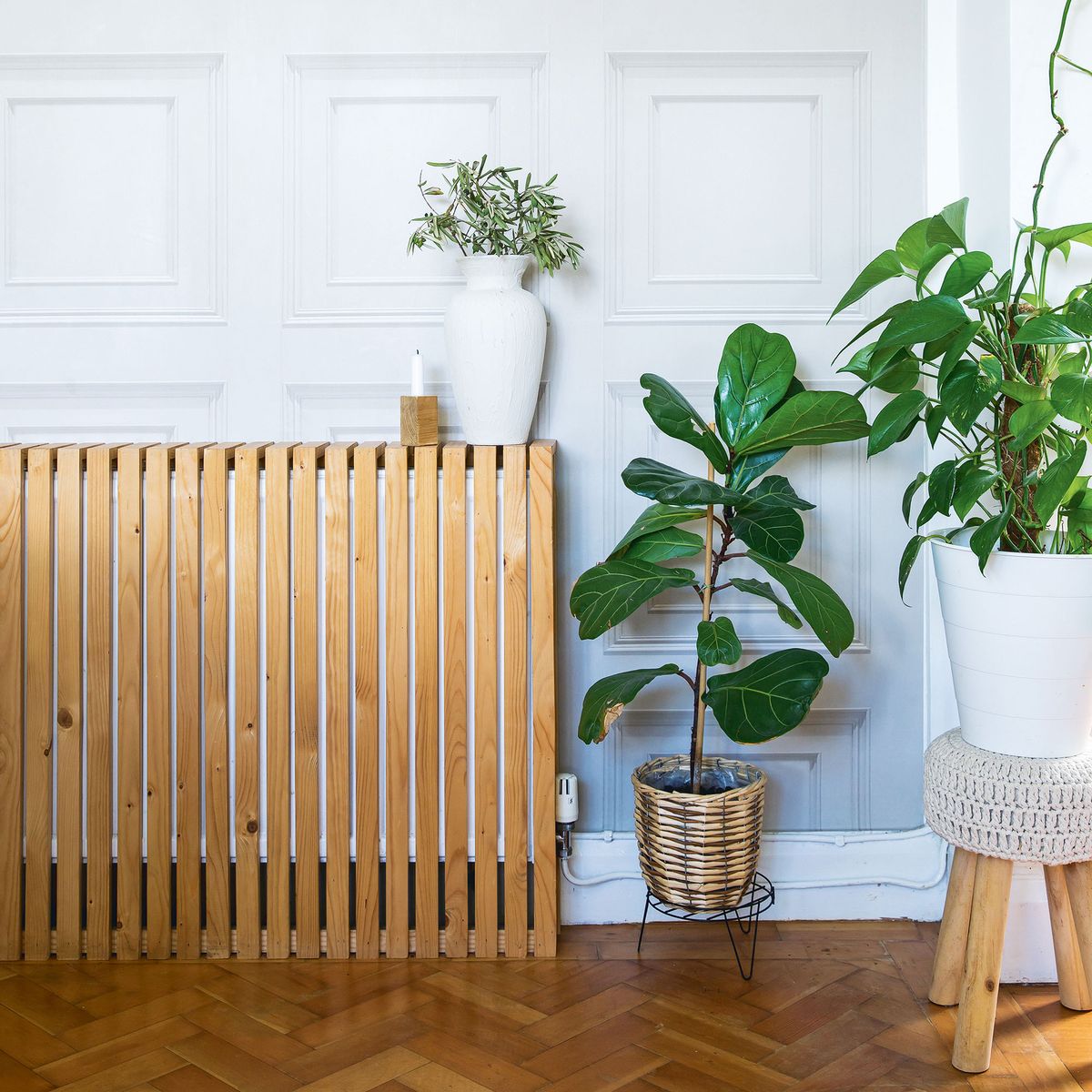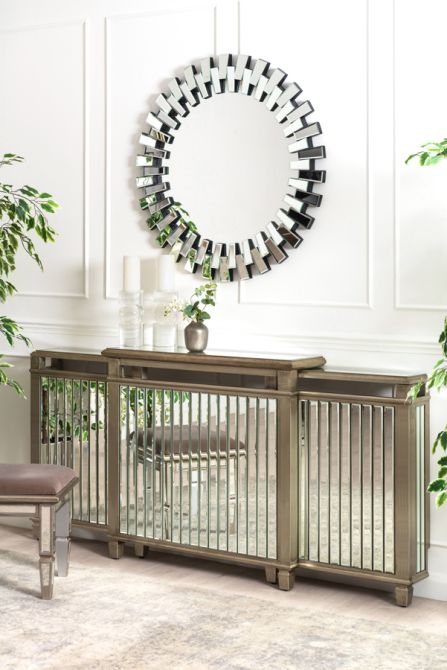The Ultimate Guide to Radiator Cover Products and Styles
The Ultimate Guide to Radiator Cover Products and Styles
Blog Article
Radiator Covers: Understanding Products, Layouts, and Advantages
Radiator covers serve both functional and aesthetic objectives within a home, providing an array of products such as metal, mdf, and wood to fit numerous style choices. As styles evolveâEUR" from typical to contemporaryâEUR" these covers not only improve the visual charm of an area yet also add to security and energy performance. Nonetheless, picking the ideal radiator cover entails understanding the nuances of materials, styles, and their linked benefits. This expedition elevates essential concerns regarding exactly how these components integrate right into your living environment and what factors to consider should lead your selection process.
Sorts Of Materials


Wood covers, frequently crafted from hardwoods such as oak or maple, give a timeless, warm appearance that matches traditional insides. Their toughness and capability to be tarnished or painted contribute to their flexibility. Metal covers, normally made from steel or light weight aluminum, are favored for their robustness and modern-day appearance, frequently featuring smooth lines that enhance modern rooms.
MDF, a produced timber item, is prominent for its cost-effectiveness and convenience of modification. It can be painted or finished to match existing decoration while using a smooth surface. Plastic covers, while much less typical, are immune and lightweight to moisture, making them ideal for moist settings.
Inevitably, the choice of product for a radiator cover need to line up with the homeowner's style preferences, functional needs, and the details atmosphere where the cover will certainly be mounted. Each product offers an unique personality, ensuring that there is an alternative to fit every preference and setting.
Popular Layout Styles
Highlighting aesthetic allure, popular design styles for radiator covers mirror a series of preferences and indoor design trends. Conventional layouts usually include elaborate woodwork and luxuriant describing, making them ideal for timeless or vintage-inspired interiors. These covers generally include sculpted components, offering a warm and welcoming feeling to any type of room.
On the other hand, modern designs focus on minimal appearances, characterized by tidy lines and underrated beauty. Materials such as metal or smooth wood with a smooth finish are generally utilized, allowing these covers to blend flawlessly right into modern rooms. Industrial designs, on the various other hand, embrace basic materials like revealed steel and concrete, adding a bold statement to loft space or urban settings.
For those seeking a distinct touch, bespoke styles supply modification alternatives that satisfy individual choices, making it possible for house owners to select colors, patterns, and materials that enhance their design. Furthermore, farmhouse-style covers incorporate rustic aspects, including troubled wood and basic kinds that stimulate a comfortable, country charm.
Advantages of Radiator Covers
Radiator covers not just boost the visual charm of a space yet likewise offer a number of practical benefits that make them a beneficial addition to any home. One of the key advantages is security, especially in houses with family pets or children. Covers minimize the risk of burns from warm radiator surfaces, making sure a more secure setting.
Furthermore, radiator covers can boost power efficiency. By routing warm right into the area instead of permitting it to escape, they assist preserve a consistent temperature, lowering heating costs in time. This is particularly helpful in older homes where radiator systems might be less efficient.
An additional remarkable advantage is sound decrease. Radiators can in some cases generate unwanted audios throughout procedure, and covers can aid muffle these sounds, visit the website adding to an extra serene home. Radiator covers can be practical, giving extra storage space or screen area, thus taking full advantage of the utility of often-overlooked areas.
Finally, they can secure radiators from dust and particles, which can hinder efficiency and boost maintenance requirements. With these combined advantages, radiator covers emerge as a functional service for boosting both the functionality and design of any type of home atmosphere.
Installment Considerations
Mounting radiator covers requires careful consideration to ensure both functionality and safety and security (Radiator cover). First, examine the dimensions of your radiator and the surrounding space to make sure an appropriate fit. Exact measurements are critical; an uncomfortable cover here are the findings can obstruct warm circulation or create safety and security dangers
Following, examine the material of the cover. While wood offers aesthetic charm, steel alternatives may offer much better durability and heat resistance. Think about the weight of the cover too; much heavier covers may call for added support or reinforcements to avoid drooping or damages over time.
Ventilation is another critical facet. Covers have to feature sufficient air flow to avoid overheating and keep effective home heating. Try to find designs with slats or perforations that enable warmth to distribute without blockage.
Additionally, guarantee that the cover is firmly mounted to avoid mishaps, especially in homes with kids or pet dogs. Radiator cover. It's suggested to adhere to the maker's setup guidelines closely and, if needed, get in touch with a professional for complex installations
Upkeep and Care Tips
Correct maintenance of radiator covers is crucial for ensuring their long life and optimal efficiency. Normal cleaning is essential; dust and particles can accumulate, blocking air movement and lowering warmth performance. Use a soft, damp cloth or a microfiber duster to delicately clean the surface, staying clear of rough chemicals that may harm the coating. For repainted or wood covers, think about an appropriate polish or protective finish to preserve their look.
Evaluate the covers periodically for indications of wear or damages, such as fractures or peeling paint. Attending to these Click Here problems immediately can stop further damage. Make certain that the covers are safely secured and look for any loosened screws or installations, as vibrations from the radiator can loosen them over time.
In colder months, stay clear of putting heavy items or attractive products in addition to the radiator covers, as this can restrain heat distribution and cause unnecessary anxiety to the structure. Consider seasonal maintenance by removing the covers for thorough cleansing and evaluation throughout warmer months when the heating system is non-active. Embracing these basic care suggestions will certainly improve the efficiency and aesthetic allure of your radiator covers, guaranteeing they offer their objective successfully for years ahead.

Verdict
In recap, radiator covers offer as aesthetic and practical enhancements to household areas. Careful factor to consider of installment and maintenance further makes certain the long life and performance of radiator covers in any kind of home environment.
Radiator covers serve both visual and functional objectives within a home, supplying a variety of materials such as hardwood, steel, and MDF to suit different style choices. Picking the ideal radiator cover involves understanding the nuances of materials, layouts, and their linked benefits.Highlighting visual appeal, popular design styles for radiator covers show a variety of preferences and interior design patterns.Radiator covers not only enhance the visual allure of an area however likewise supply numerous useful benefits that make them a rewarding enhancement to any home. Take into consideration the weight of the cover as well; larger covers may require additional assistance or supports to prevent sagging or damage over time.
Report this page